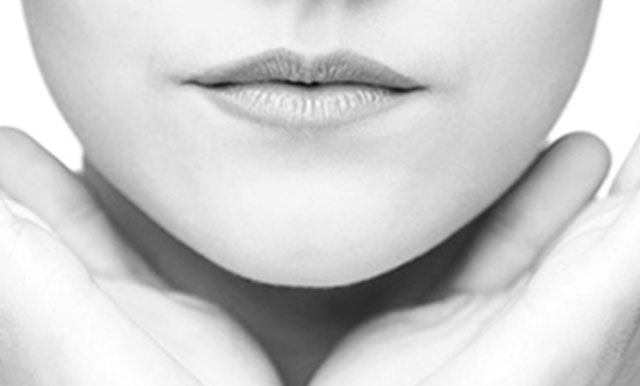With the trade name Glydant, DMDM Hydantoin releases antimicrobial formaldehyde, making it one of the most efficient artificial preservatives in the world. It is an organic compound that finds its place in the hydantoins class of compounds. The compound finds extensive use in the cosmetics industry as an active preservative for products like:
Being an effective preservative, DMDM Hydantoin is used in the concentrated form of 1%. As mentioned earlier, it is a donor of formaldehyde making it capable of creating a not-so-favourable ambience within the cosmetic product for microorganisms to thrive.
In recent years, several independent studies and researchers concluded that, if DMDM Hydantoin is used excessively as a preservative in cosmetic formulations, it can result in cancer. It works as a preservative by slowly releasing formaldehyde, which is a strong eye, skin and lung irritant. In addition to that, DMDM Hydantoin can easily get contaminated with cancer-causing agent, formaldehyde. When formaldehyde comes in contact with human tissue often triggers a strong response from the immunity system that leads to cases of:
One might infer that it is all bad news for DMDM Hydantoin but that is not the case. As per the information put forth by the Personal Care Products Council, DMDM is one of those preservatives that release a small amount of formaldehyde over time to keep bacteria and mould formation at bay.
Further, as per the toxicology reports put forth by the International Journal of Toxicology, cosmetics and skin care product manufacturers can use DMDM Hydantoin as a preservative, subject to not exceeding the recommended amounts.
Further, the Cosmetic Ingredient Review, which is an independent panel of experts that uses scientific methods to conduct research on the ingredients, mass producers of cosmetics use in their products, concluded that the compound is safe to use. The recommended level for DMDM Hydantoin, as stated by the experts on the Personal Care Products Council is 0.074% or less. Back in the year 2005, the experts panel of Cosmetic Ingredient Review repositioned DMDM Hydantoin as a safe preservative ingredient and cleared it for use in personal care products.
In conclusion, DMDM Hydantoin is safe as a preservative ingredient, given it is used in recommended levels as put forth by apex bodies like the Cosmetic Ingredient Review panel and the Cosmetics Directive of the European Union.
BELGUARD® DMDMH is an antimicrobial formaldehyde releaser preservative. It is used in the cosmetic industry & found in products like shampoos, hair conditioners, hair gels, lubricants, skin care & personal care products. It can be particularly effective in detergent based formulations which can have some inherent antimicrobial activity but which are susceptible to growth of some type of micro-organisms.
It can be used in personal care products like shampoos, hair conditioners, creams, lotions, baby products, eyeliners, mascaras and almost all other water based cosmetics and toiletries.

| Product Name | BELGUARD® DMDMH |
| CAS No. | 6440-58-0 |
| EINECS No. | 229-222-8 |
| Chemical Name | 1-3 Dimethylol – 5,5-Dimethyl Hydantoin |
| Chemical Formula | C 7 H 12 N 2 O 4 |
| Molecular Weight | 188.18. |
| Structure |  |
| Description | Parameter |
|---|---|
| Appearance | Clear, colorless & free from foreign material |
| Odour | Odourless |
| Colour (APHA) Max | 10.0 |
| Total Formaldehyde w/w | 17% - 19% |
| Free Formaldehyde w/w | Max. 1% |
| Water Content w/w (Karl Fisher)% |
44.0 – 46.0 |
| pH of solution on as such basis @ 27 ± 0.20C | 6.5 – 7.5 |
| DMDMH Content w/w | 54% - 55% |
As preservative up to a maximum concentration of 0.6% w/w.
Store in a cool dry area. Protect it from extreme heat conditions.
1 year from the date of manufacturing.
250 kg HDPE drums / 35 kg Carboy / 1000 kg IBC.